Fermentation Products
-
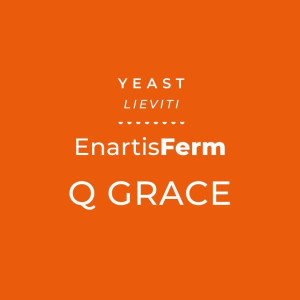
-
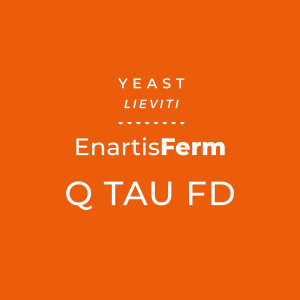
-
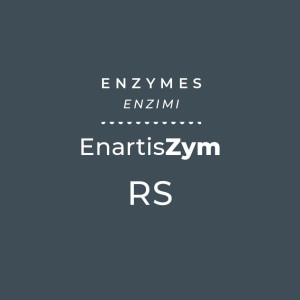
-

-
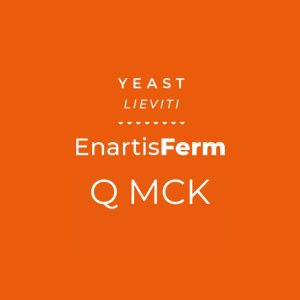
-

-

-

Product
Size
Price
35-762-00011 kg$355.0035-762-001010 kg$3,250.00 -

-

-

-

-
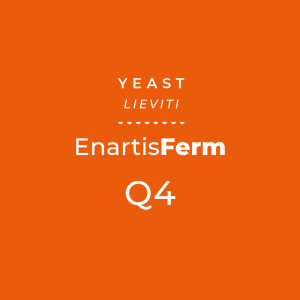
Product
Size
Price
45-075-001010 kg$650.0045-075-0500500 g$52.50 -
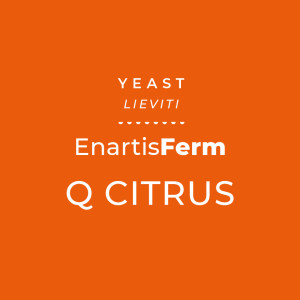
Product
Size
Price
45-302-0500500 g$52.5045-302-001010 kg$660.00 -

-

Product
Size
Price
35-177-00011 kg$120.0035-177-002010 kg$1,100.00 -
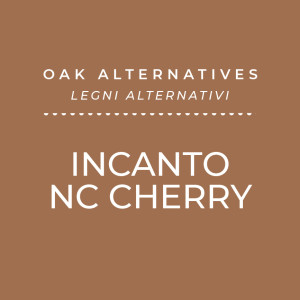
-

-
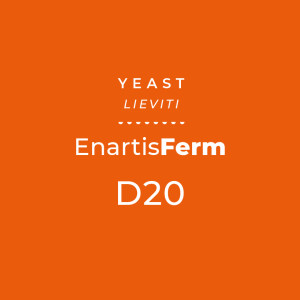
-
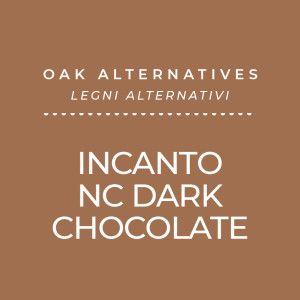
Product
Size
Price
35-914-001010 kg$1,450.00 -
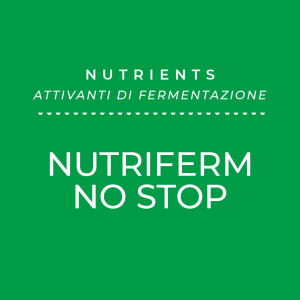
-
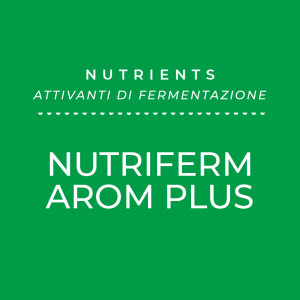
-

-

-

-
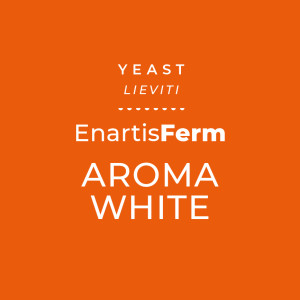
Product
Size
Price
45-110-0500500 g$52.5045-110-001010 kg$660.00 -
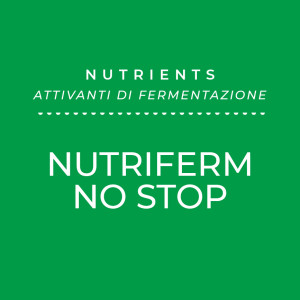
-

-
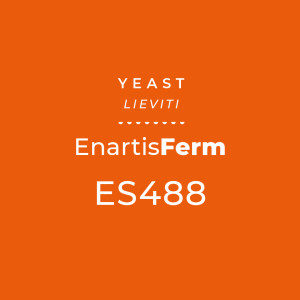
Product
Size
Price
45-185-0500500 g$52.5045-185-001010 kg$660.00 -

Product
Size
Price
45-175-0500500 g$52.5045-175-001010 kg$660.00 -
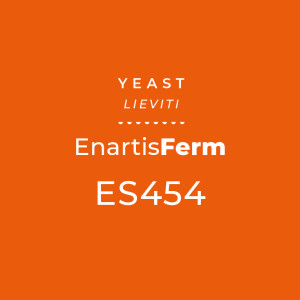
-
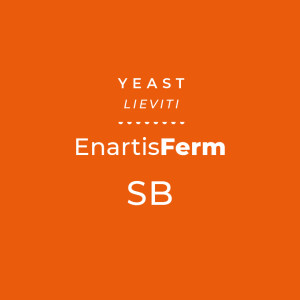
-
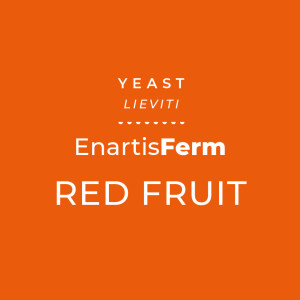
Product
Size
Price
45-140-0500500 g$52.5045-140-001010 kg$660.00 -

Product
Size
Price
45-125-0500500 g$52.5045-125-001010 kg$660.00 -

-
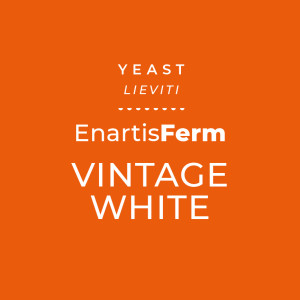
Product
Size
Price
45-115-0500500 g$52.5045-115-001010 kg$660.00 -

-

-
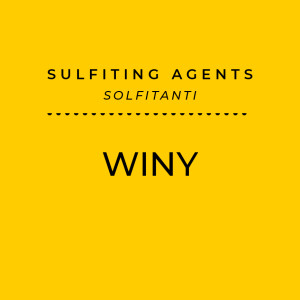
-

Product
Size
Price
35-810-0000125 g bag$5.5035-815-0000250 g bag$9.7535-810-00011 kg bag$24.00 -

-
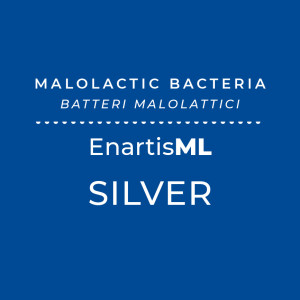
Product
Size
Price
35-505-00002.5 hL$44.0035-505-10001000 hL$3,000.0035-505-002525 hL$165.0035-505-0250250 hL$925.00 -
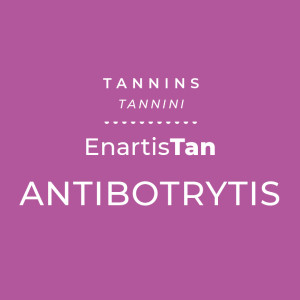
Product
Size
Price
35-386-00011 kg$86.0035-386-001010 kg$750.00 -

-
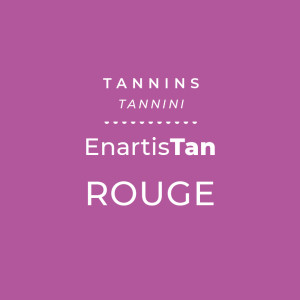
-

Product
Size
Price
35-304-00011 kg$71.0035-304-001010 kg$650.00 -

-
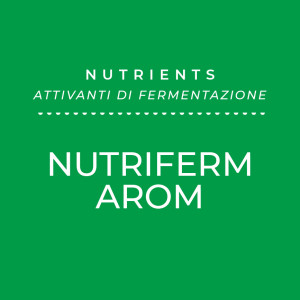
-

Product
Size
Price
35-200-00011 kg$55.0035-200-001010 kg$490.00 -

Product
Size
Price
35-141-0250250 g$76.2535-141-00011 kg$260.00 -

Product
Size
Price
30-038-10001 kg$28.0030-038-002525 kg$350.00 -

Product
Size
Price
30-031-0003for 2.5 hL$43.0030-031-0025for 25 hL$165.0030-031-0250for 250 hL$935.00 -

-
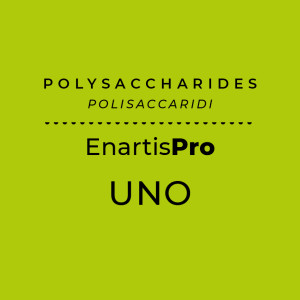
-

-

-
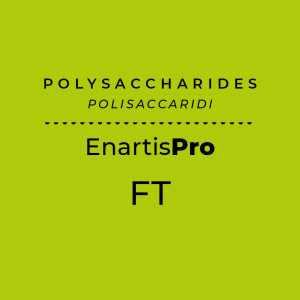
-
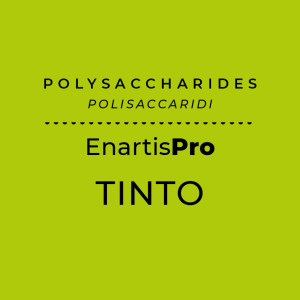
-
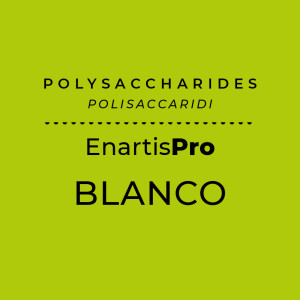
-

Product
Size
Price
35-400-00011 kgRegular Price: $95.00
Special Price $71.25
-

-

-

-

-

-
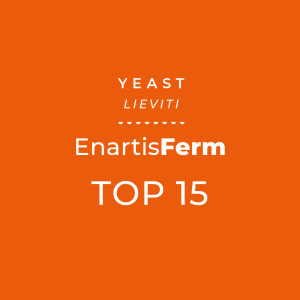
Product
Size
Price
45-150-0500500 gRegular Price: $52.50
Special Price $13.13
-

-

-

-
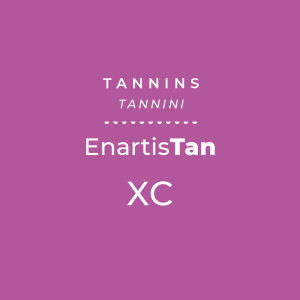
-
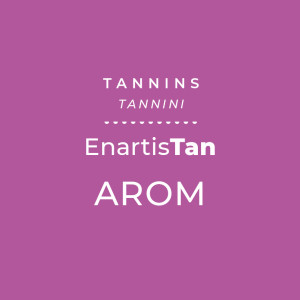
-
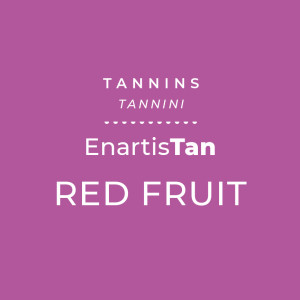
-

-

-
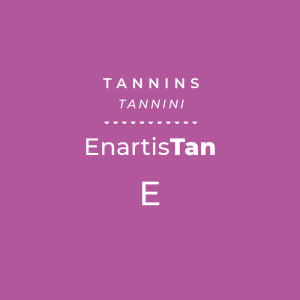
-

-
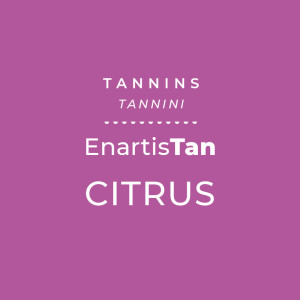
-

-
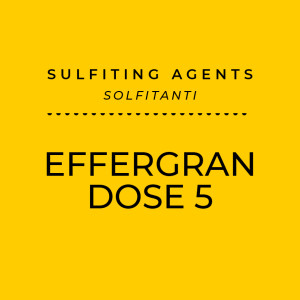
-

-

-
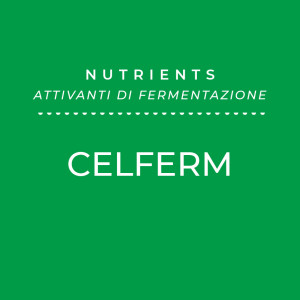
-
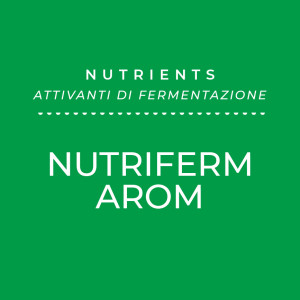
-
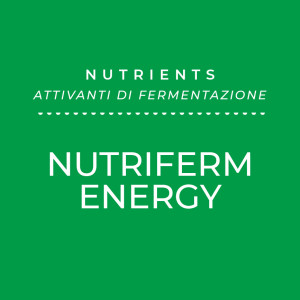
-

-
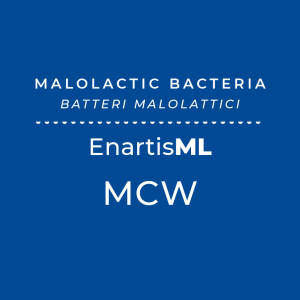
-

-
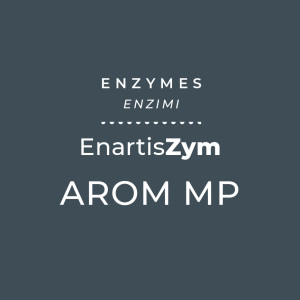
-
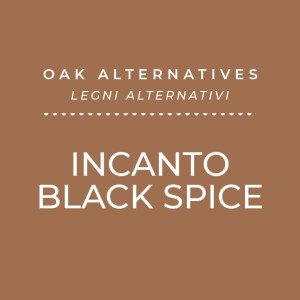
-
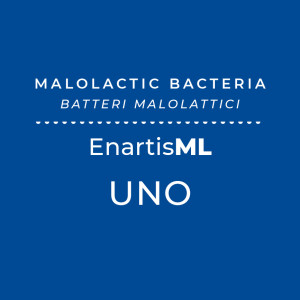
-

Product
Size
Price
35-501-00022.5 hL$27.0035-501-002525 hL$130.0035-501-0250250 hL$750.00 -

Product
Size
Price
35-928-001010 kgRegular Price: $200.00
Special Price $100.00
-

-

-
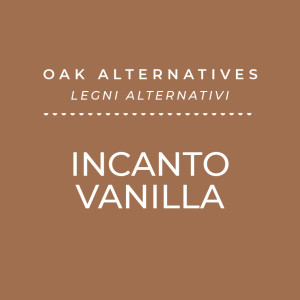
-

-

-

-

-
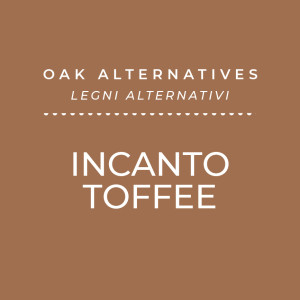
-

-
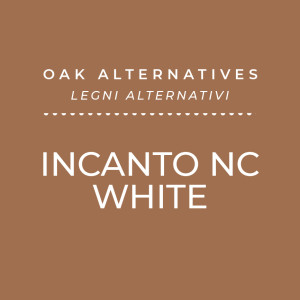
-

-

-

-

Product
Size
Price
35-914-001010 kg$1,450.00 -

-
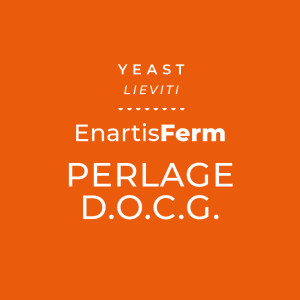
Product
Size
Price
45-182-0500.5 Kg$52.50 -


 MAIN BRANCH 7795 BELL ROAD, WINDSOR, CA 95492 - tel: 707 838 6312 fax: 707 838 1765
MAIN BRANCH 7795 BELL ROAD, WINDSOR, CA 95492 - tel: 707 838 6312 fax: 707 838 1765